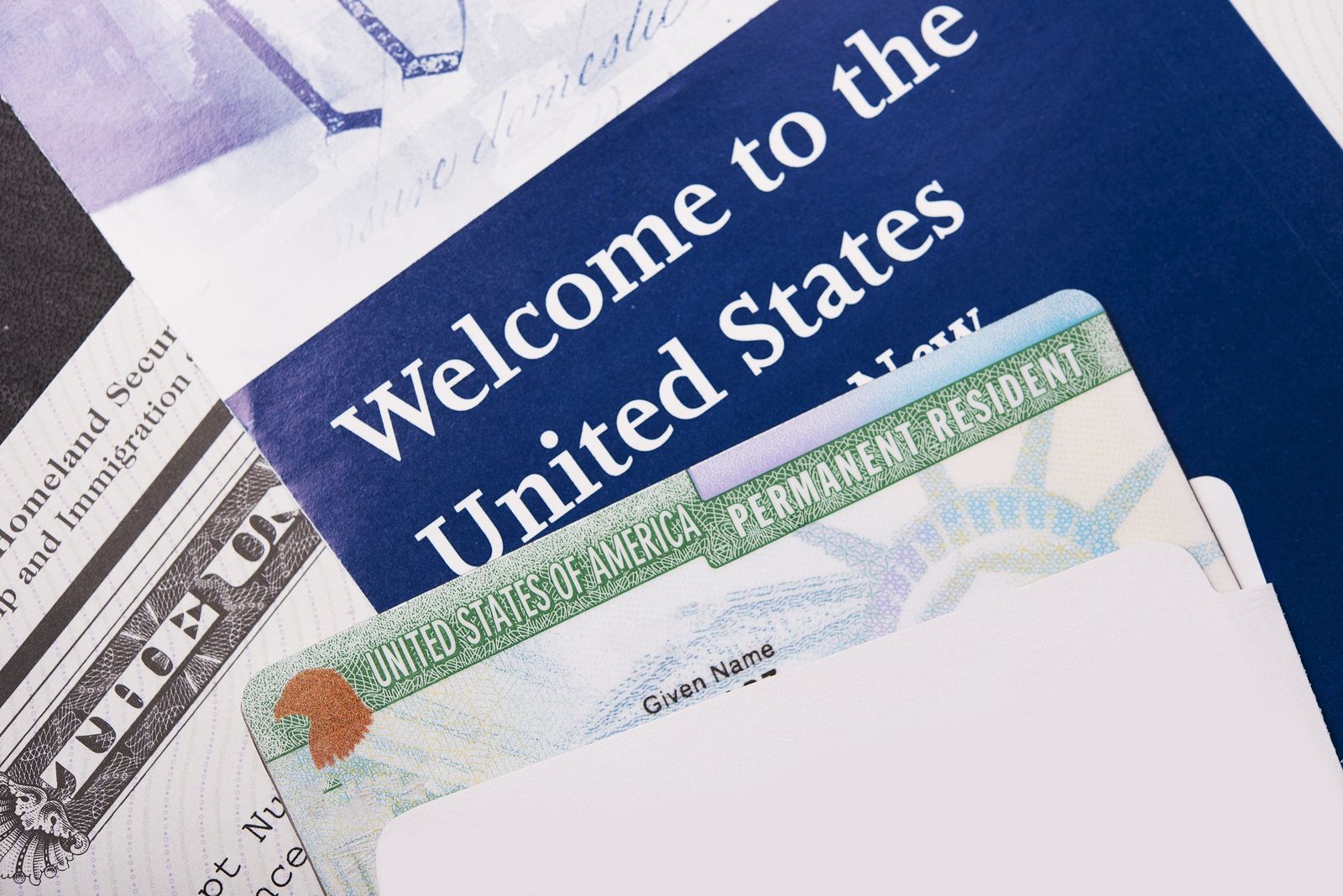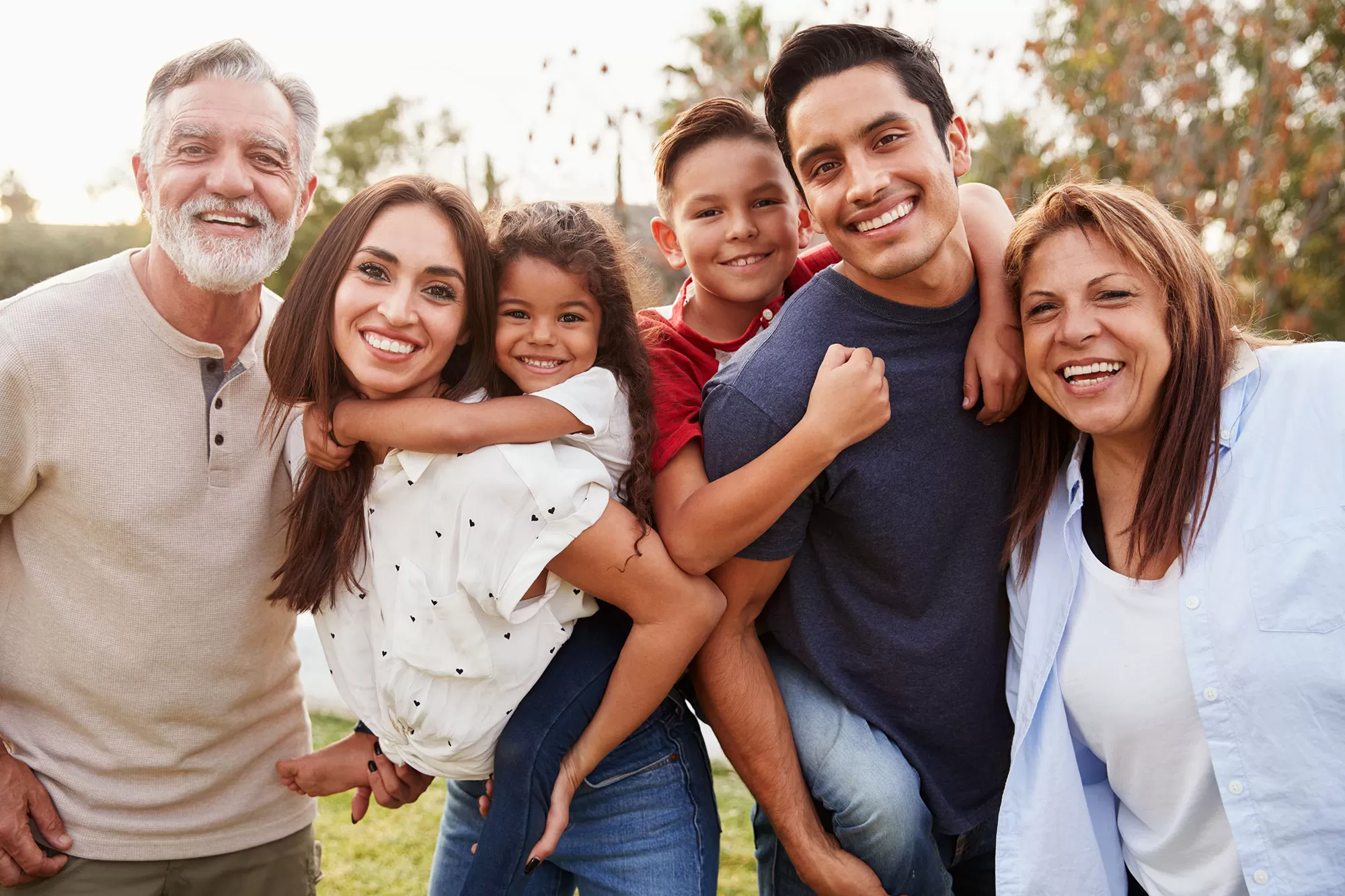

President Trump and other officials in his administration use the words, “chain migration” in a way that makes the term sound bad, as though immigrants were breaking the law. When voters hear these words, they believe that people from "undesirable" countries are being brought here by their families. While this is true, the countries aren’t undesirable. The Trump administration doesn’t want the immigrants here, if they aren’t from European countries. Even though he said he didn’t mean it, President Trump has questioned why more immigrants from Norway haven’t come to live in the U.S.
“Chain Migration:” What it Originally Meant
Before the Trump administration put its own meaning on “chain migration,” it simply meant that immigrants were able to have their family members come to the U.S., no matter what country they came from.
Before 1965, immigrants to the U.S. were chosen based on their national origin. More used to come over from Western and northern Europe. This policy was seen as discriminatory, so members of Congress talked about using a merit-based system or a system based on people who already had relatives here. Over time, people of color were immigrating in larger numbers.
What “Chain Migration” Means Now
Today, “chain migration” puts down people who have recently come to the U.S., because they are coming from Latino, Middle Eastern, Asian and African countries, rather than white European countries.
Today, the line of people waiting to come into the U.S. is long. It takes years for people to be able to apply for their green cards. People coming from “oversubscribed” countries are waiting even longer. The numbers of people hoping to come in from the Philippines, India and Mexico are much larger than, say, people coming from Europe.
Chain Migration = Family Reunification
While the policy that started this whole migration process really means “family reunification,” the easier term to remember is “chain migration.” When the term was originally developed, it was just used to describe the practice of recent immigrants bringing their family members to the U.S. from their home countries.
Because chain migration is the current policy, immigration officials are seeing more people coming in from countries felt to be “less desirable.” This isn’t fair, though. Because someone who needs certified USCIS translations may actually be coming from India, rather than Europe.
How the Shift Happened
Even though “chain migration” used to be an innocent term that describes family members coming to the U.S. from their home countries, this has changed. When President Trump started his presidential campaign in the summer of 2015, he did so by saying that Mexicans were “drug dealers and rapists”. This has certainly changed the dynamics of how immigration is seen and what picture the US is portraying of its immigration policies to the world.
Anyone who needs certified USCIS translations would speak a language other than English. It doesn’t matter if they are coming from Poland—or if they are coming over from Asia, Guatemala, India, the Philippines or an African country.
















